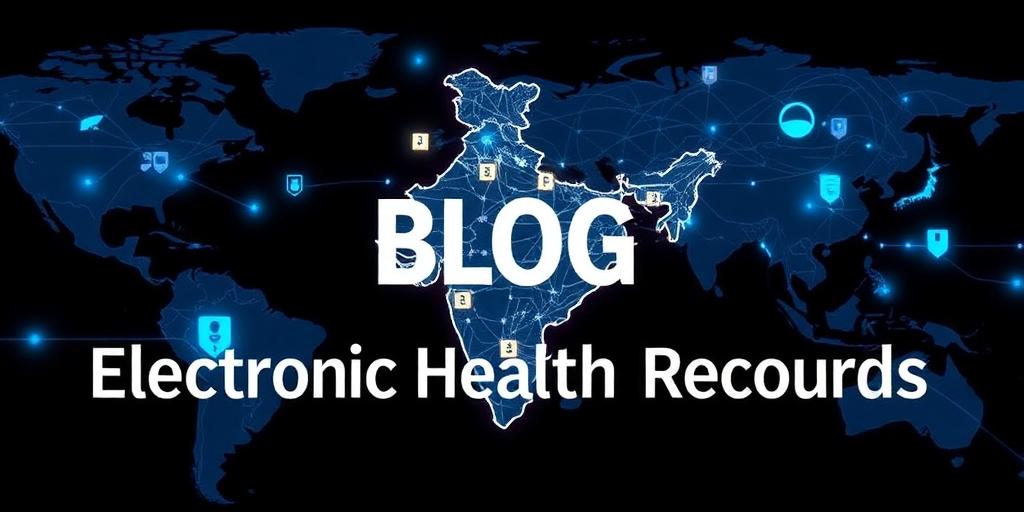The Future of Electronic Health Records (EHRs) in 2025: A Global and Indian Perspective
Electronic Health Records (EHRs) have revolutionized healthcare, promising improved efficiency, better patient care, and reduced costs. As we approach 2025, it’s crucial to examine the trajectory of EHRs, considering both global trends and the specific context of India.
Global EHR Trends
Globally, the EHR landscape is evolving rapidly, driven by technological advancements and increasing demands for interoperability and data security.
- Interoperability: A key focus is achieving seamless data exchange between different EHR systems. Standards like FHIR (Fast Healthcare Interoperability Resources) are gaining traction to facilitate this.
- Cloud-Based EHRs: More healthcare providers are moving to cloud-based EHR solutions, offering scalability, cost-effectiveness, and enhanced accessibility.
- AI and Machine Learning: AI is being integrated into EHRs to assist with clinical decision support, predictive analytics, and personalized medicine.
- Patient Engagement: EHRs are increasingly incorporating patient portals and mobile apps, empowering patients to access their health information and engage in their care.
- Data Security and Privacy: With growing concerns about data breaches, robust security measures and compliance with regulations like GDPR and HIPAA are paramount.
EHRs in India: Current State and Future Directions
India’s EHR adoption is growing, but faces unique challenges and opportunities.
- Current Scenario: While large hospitals in urban areas have widely adopted EHRs, smaller clinics and rural healthcare providers lag behind. The government’s National Digital Health Mission (NDHM) aims to create a unified digital health ecosystem.
- NDHM and EHRs: NDHM envisions a centralized system where every Indian citizen has a unique health ID, linked to their EHR. This will enable seamless data sharing across healthcare providers.
- Challenges: Interoperability issues, lack of standardization, data privacy concerns, and the digital divide pose significant challenges to EHR adoption in India.
- Opportunities: India has the potential to leapfrog developed countries by leveraging mobile technology and cloud-based solutions to extend EHR access to remote areas. AI-powered EHRs can also help address the shortage of healthcare professionals.
EHRs in 2025: Predictions
By 2025, we can expect the following developments in the EHR landscape:
- Increased Interoperability: EHR systems will be better integrated, allowing for seamless data exchange between providers and across borders.
- AI-Powered Insights: AI will play a greater role in clinical decision support, predictive analytics, and personalized treatment plans.
- Enhanced Patient Engagement: Patients will have greater access to their health information and actively participate in their care through patient portals and mobile apps.
- Focus on Data Security: Robust security measures and data privacy regulations will be in place to protect sensitive health information.
- Growing Adoption in India: The NDHM will drive wider EHR adoption in India, particularly in rural areas, leading to improved healthcare access and outcomes.
Conclusion
The future of EHRs is bright, with the potential to transform healthcare delivery globally and in India. By addressing the challenges and leveraging the opportunities, EHRs can empower healthcare providers, engage patients, and improve the health and well-being of populations.
